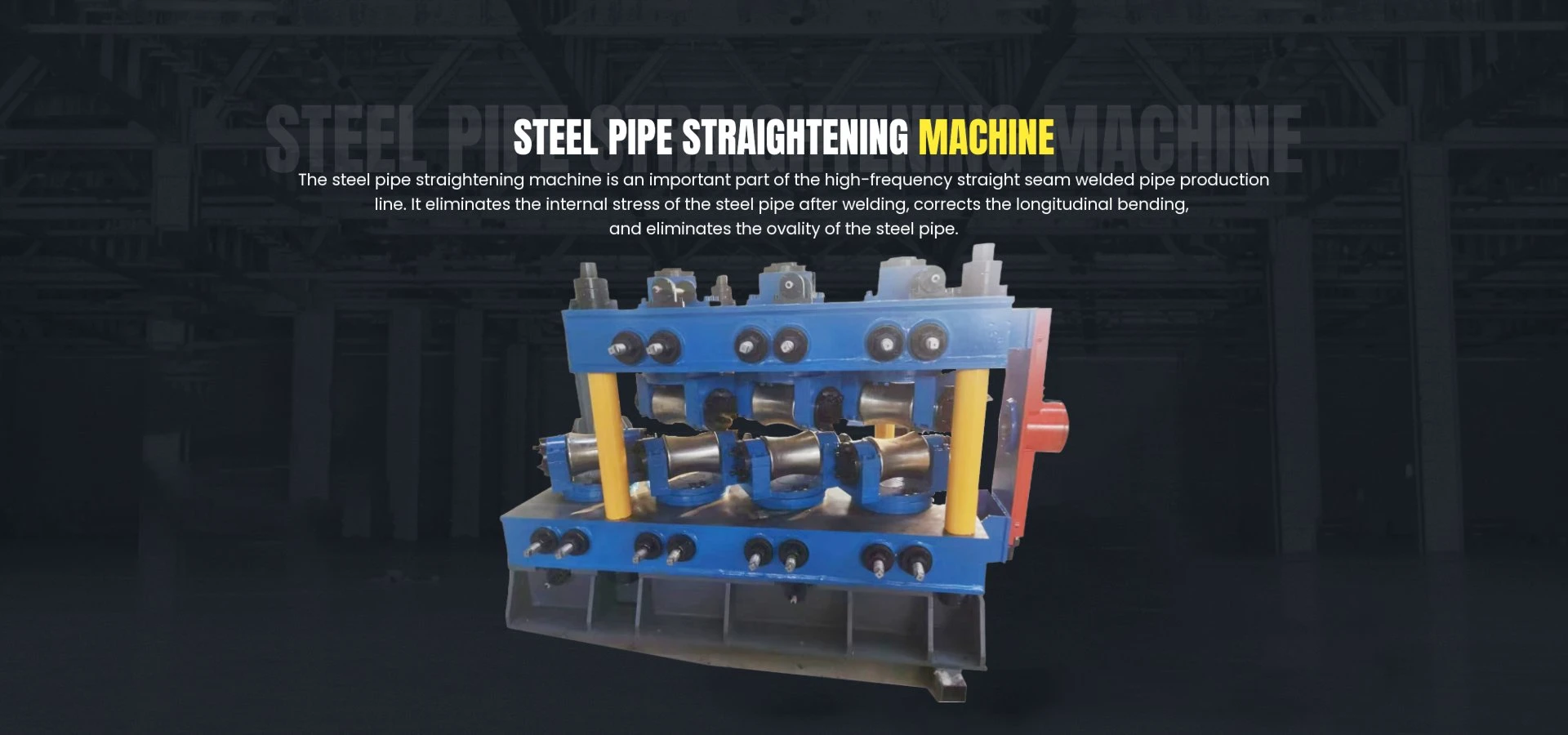On-Site Roll Forming Solutions for Efficient Manufacturing Processes
On-Site Roll Forming Revolutionizing Construction Efficiency
In today’s rapidly evolving construction industry, the demand for efficient, cost-effective methods of material production has led to innovative technologies that streamline processes and enhance productivity. One such advancement is on-site roll forming, a manufacturing technique that allows for the creation of complex metal profiles directly at the construction site. This method is transforming the way builders and fabricators approach projects by reducing time, labor, and material waste.
What is On-Site Roll Forming?
On-site roll forming involves the use of mobile machinery that converts coils of metal into specific shapes and profiles needed for construction applications. Unlike traditional fabrication processes that require extensive transport of materials to a factory, on-site roll forming brings the factory to the job site. This means that metal components can be produced as required, in the precise lengths and shapes needed, without the delays associated with off-site fabrication.
The process begins with feeding metal coils into a roll forming machine, which shapes the material as it passes through series of rollers. This continuous operation can produce long lengths of metal sections, such as panels, beams, or trusses, tailored to the project’s specifications. The finished products can then be immediately installed, significantly speeding up the construction timeline.
Advantages of On-Site Roll Forming
1. Reduced Transportation Costs One of the most significant advantages of on-site roll forming is the reduction in transportation costs. By producing materials right on site, companies can eliminate the need to transport heavy and bulky prefabricated sections from a manufacturing facility to the construction site. This not only cuts costs but also minimizes the carbon footprint associated with transportation.
2. Minimized Waste On-site roll forming promotes efficiency by minimizing material waste. Traditional methods often involve cutting large sheets of metal into smaller parts, leading to excess scraps. In contrast, roll forming allows for precise production of components tailored to the project's needs, reducing leftover materials and lowering overall costs.
on site roll forming

3. Flexibility and Customization Construction projects often require customized solutions that can adapt to changing designs or specifications. On-site roll forming offers unparalleled flexibility, enabling builders to make adjustments on the spot. If a design modification is needed, the machinery can quickly adjust to produce modified profiles without the delays typical of off-site fabrications.
4. Time Efficiency With on-site roll forming, construction timelines can be significantly reduced. The ability to produce materials as needed eliminates delays associated with ordering and waiting for delivery of prefabricated components. This accelerates the entire project, allowing for faster completion and the potential for increased profitability.
5. Quality Control Producing metal components on-site allows for immediate quality control. Builders can oversee the manufacturing process, ensuring that every piece meets specifications and standards. This hands-on approach helps catch potential issues early, reducing the likelihood of costly rework.
Applications of On-Site Roll Forming
On-site roll forming is versatile and can be applied in various sectors of construction. It is particularly beneficial in projects requiring structural steel components, such as commercial buildings, warehouses, and industrial facilities. Additionally, it can produce roofing panels, wall studs, and other critical elements in residential construction. The adaptability of on-site roll forming makes it an ideal solution for both large-scale commercial projects and smaller residential builds.
Conclusion
On-site roll forming is a game-changer for the construction industry, offering numerous advantages that enhance efficiency, reduce costs, and provide flexibility. As the demand for faster and more sustainable building practices continues to rise, this technology stands out as a solution that meets these challenges head-on. By embracing on-site roll forming, builders can improve their workflows, optimize resources, and deliver high-quality construction projects that meet the evolving needs of clients and the marketplace. In a world where construction efficiency is paramount, on-site roll forming represents not just a method of production, but a progressive approach to modern building practices.
-
Advanced Roll Forming with GPT-4 Turbo AI | Precision SolutionsNewsAug.01,2025
-
AI-Powered Belling Machine with GPT-4 Turbo TechNewsAug.01,2025
-
High-Frequency Straight Seam Welded Pipe Production Line - BzZhou Xinghua Machinery Equipment Manufacturing Co., LTD.|Efficient Steel Pipe Manufacturing&Precision EngineeringNewsAug.01,2025
-
High Frequency Straight Seam Welded Pipe Production Line-BzZhou Xinghua Machinery Equipment Manufacturing Co., LTD.|Efficient Steel Pipe Manufacturing&Precision EngineeringNewsAug.01,2025
-
High-Frequency Straight Seam Welded Pipe Production Line-BzZhou Xinghua Machinery Equipment Manufacturing Co.,LTD.|Precision Welding,High-Efficiency ProductionNewsAug.01,2025
-
High-Frequency Straight Seam Welded Pipe Production Line-BzZhou Xinghua Machinery|Precision Welding&High-Efficiency ManufacturingNewsJul.31,2025


